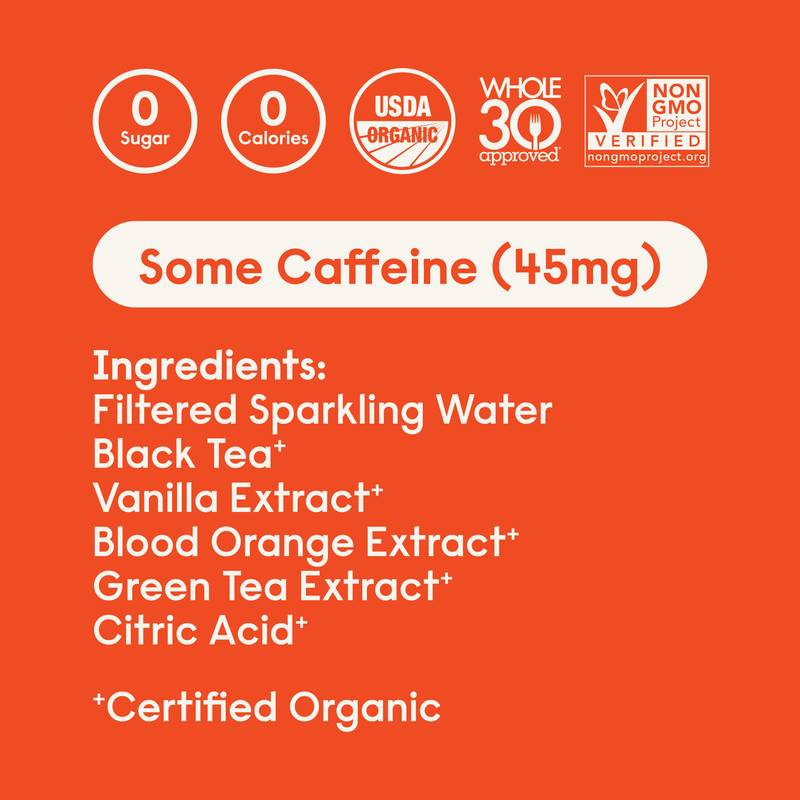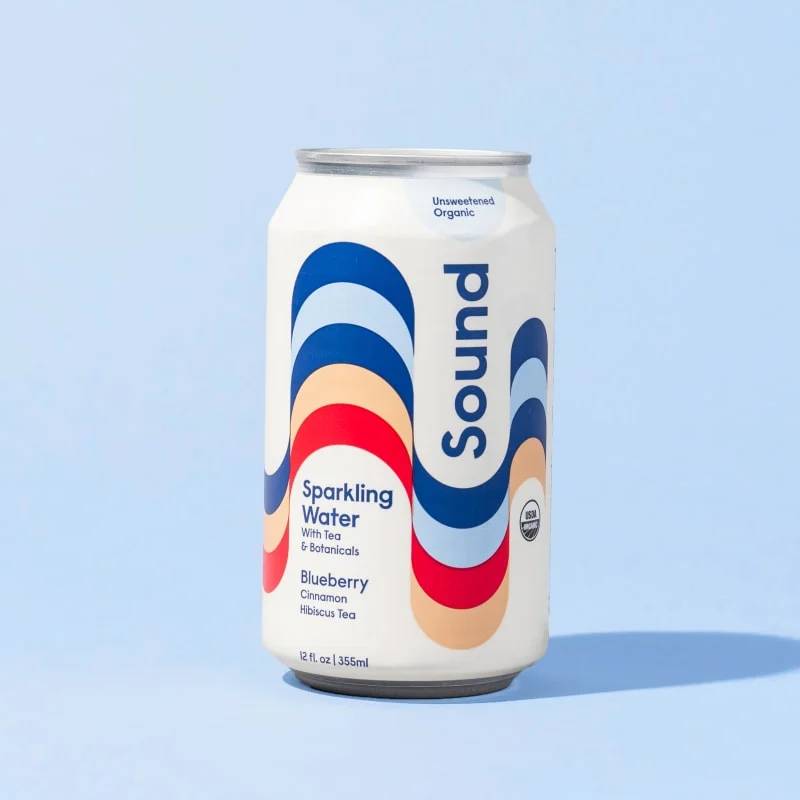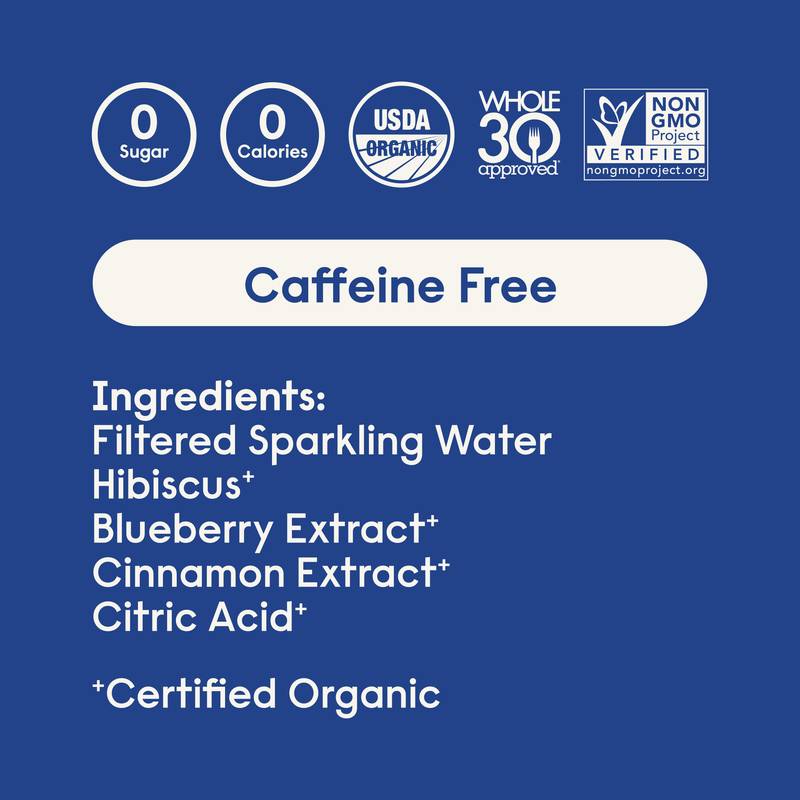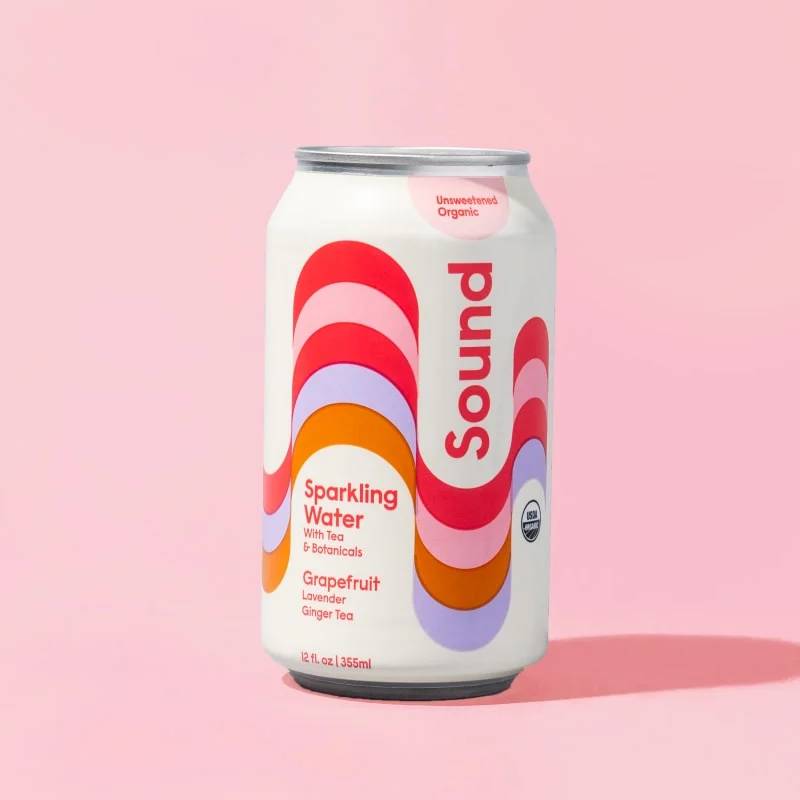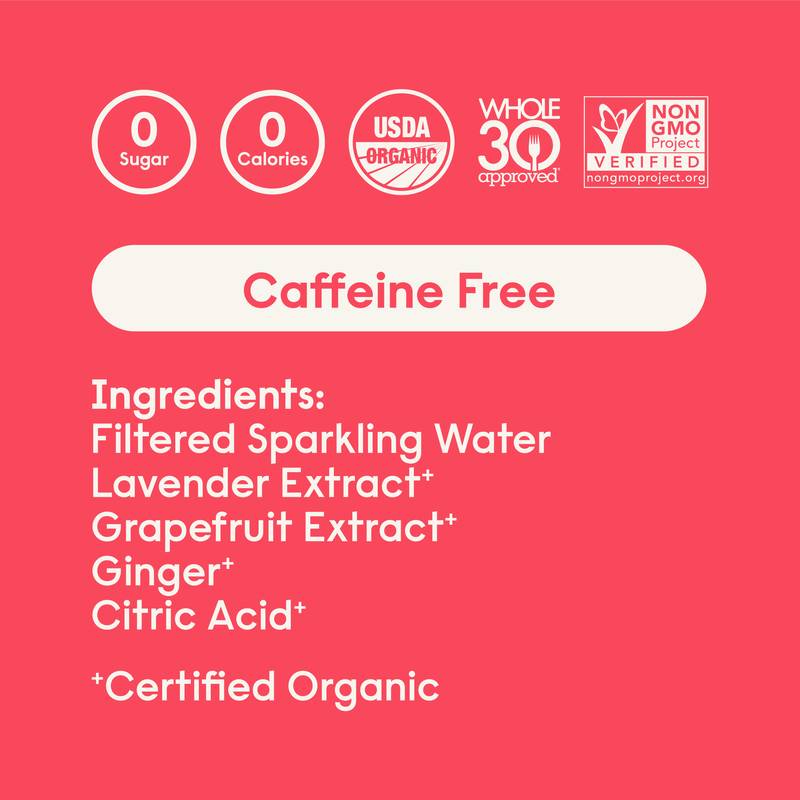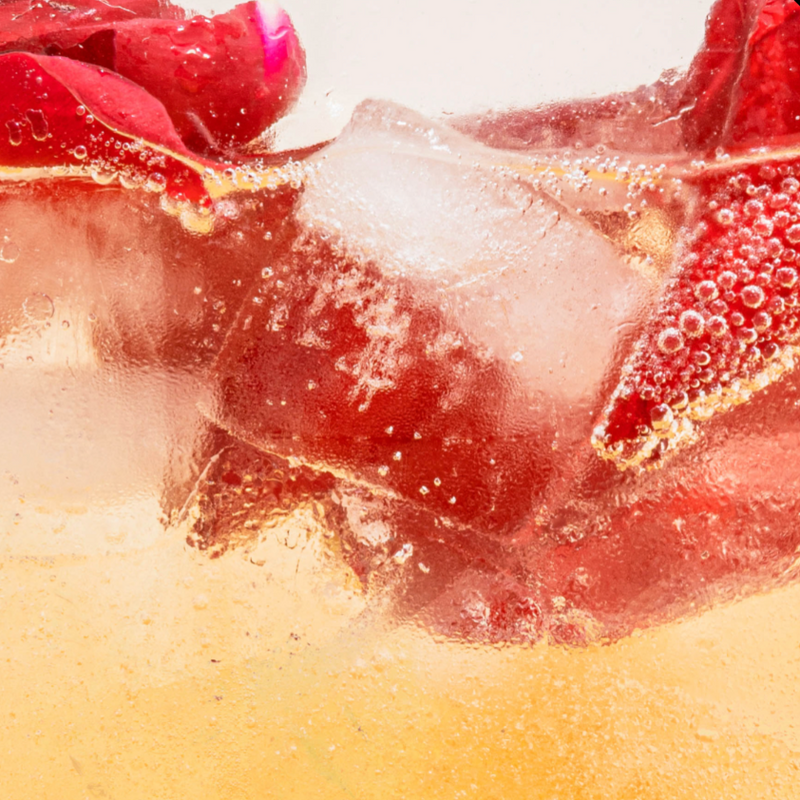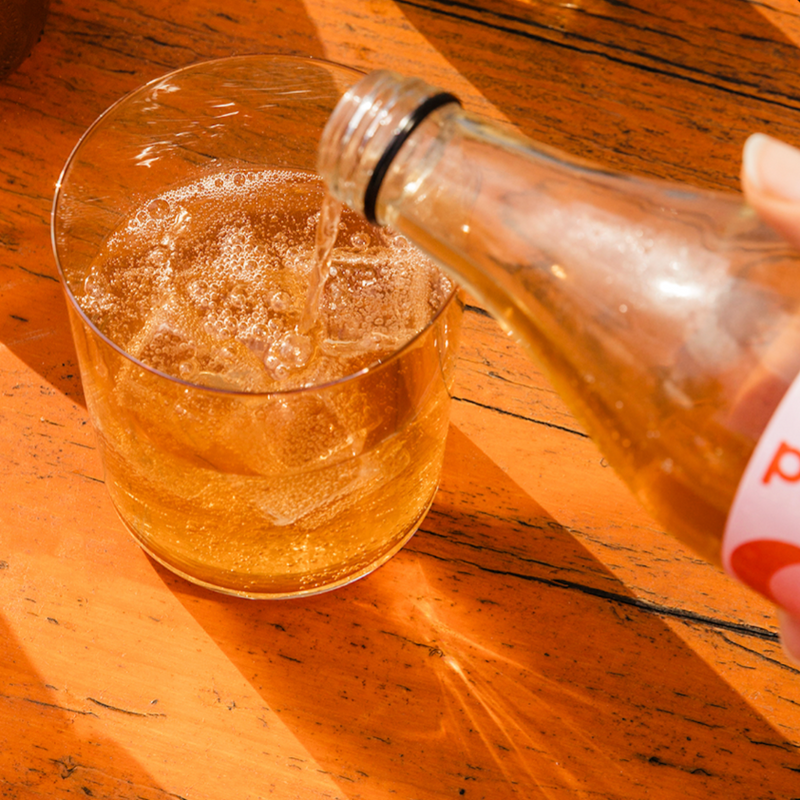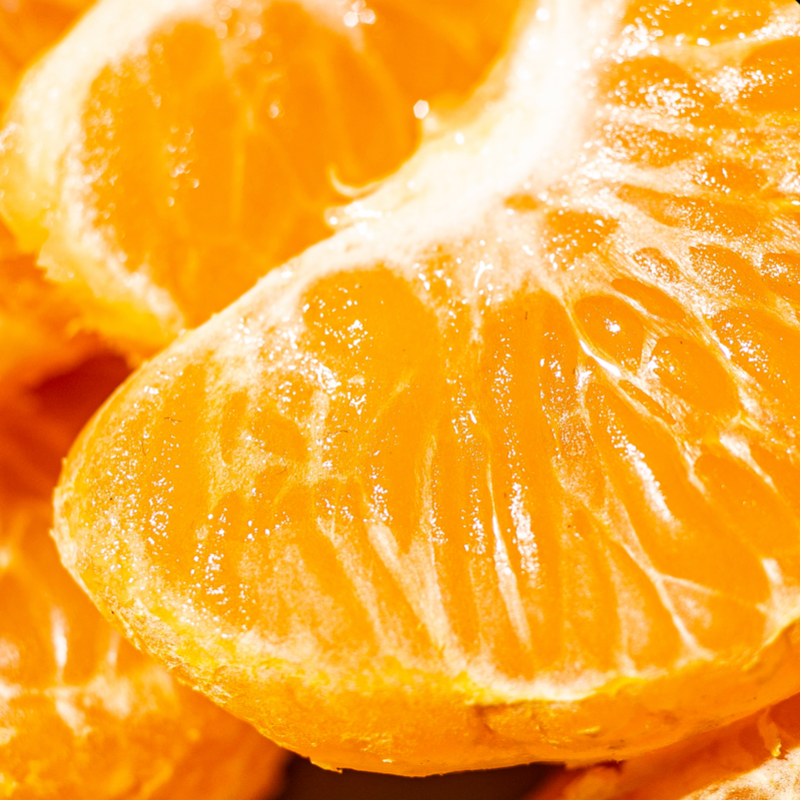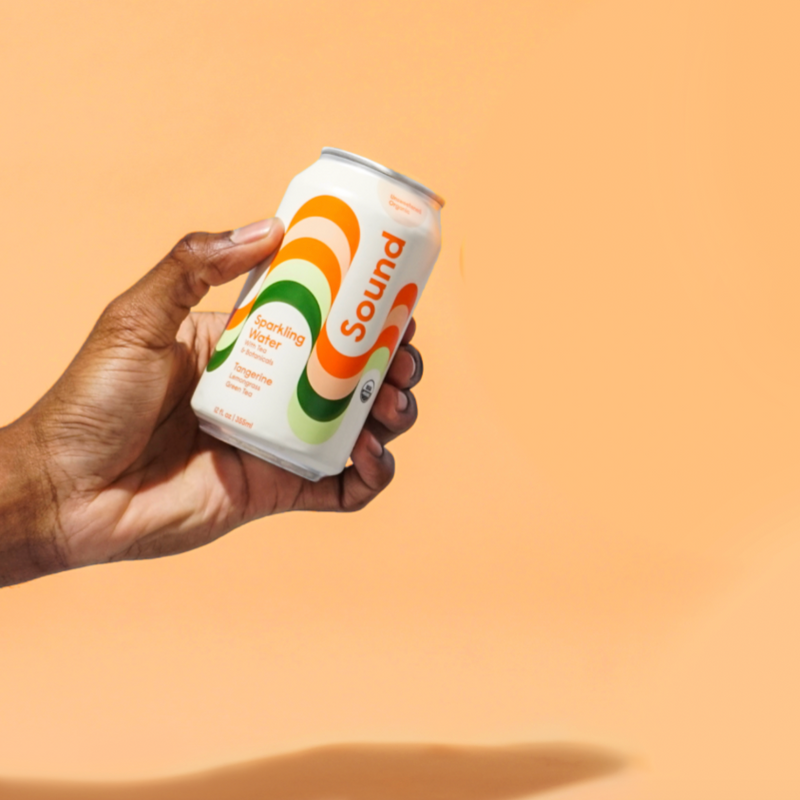Recycling is something we’re all familiar with and something we (hopefully) all do daily, but it’s an incredibly complicated topic. One reason for this is that the way in which we recycle differs depending where you are, and I don’t mean whether you’re in the United States or in Italy — it literally depends on your town or district. And although 88% of Americans feel recycling is important, a recent study showed that about 41% don’t understand the basics on how to properly recycle.
The most recent statistics from the Environmental Protection Agency (EPA) when it comes to recycling are from 2017. At that time, the EPA estimated there were 4.51 pounds of municipal solid waste (MSW) per person per day. Of the 267.8 million tons of MSW (up about 5.7 million tons from 2015 and about 60 million since 1990), only 35% was recycled or composted.
There are different forms of recycling: multistream (a separate bin for each recyclable material) and single stream (something referred to as “fully commingled” aka all recyclable materials in one bin). There is some evidence that multistream is better for glass recycling for instance, because less damage occurs due to the lack of sorting required. The other big benefit to multistream recycling is that less potentially recyclable material ends up in landfills. But rates of recycling in general are better with single stream methods, as one can imagine — it’s easier to throw every believed recyclable item into one bin.
Let’s get more specific.
Let’s break this down into what we recycle and how it is recommended to do so. We’ll look at a few segments that relate to the beverage industry: plastic, aluminum and glass.
First, plastic. Although we all feel like we’re doing a good thing when we throw our plastic into that big blue recycling bin, our good efforts may not yield positive results because there are lots of nuance to whether that material will be recycled anyway, as we’ve already gotten a glimpse of above. What we’ve learned in researching is that consumers play an incredibly large role in how well (and if) products will actually be recycled. From the actual item that is being thrown away to the condition it is when discarded really matters.
Here’s our list of ‘need to knows’ when it comes to plastic, largely sourced from a piece in National Geographic:
1. What is actually considered ‘recyclable’ depends on where you live. Click here to see what the guidelines are where you live.
2. The best chance for an item to get recycled is if it is a single material. Anyone else throw their paper coffee cup into a recycling bin?! I read that there is apparently a thin layer of plastic within this cup which needs to be separated so the cup can be actually recycled, and this is not feasible without a machine to do it for you. Not to mention, that coffee cup is probably stained & soiled so it won’t be accepted anyway 👇
3. If it’s dirty, you can’t recycle it! If there are food residues on the plastic you attempt to recycle, it will head to a landfill. So make sure to wash plastic before you recycle it.
4. Do not bag your recyclables – they must be loose in the recycling bin. Um, what?! I almost always throw my bag of recycles directly into the recycling bin. Now I know to empty the bag into the bin and reuse that bag!
5. You can’t recycle plastic bags (this includes sandwich bags), wraps (think Saran Wrap), straws or plastic “to-go” containers. Throw these items in the trash (or better yet, avoid using them)! Recycling Simplified says: “does it pass the poke test?” (10). If you can easily poke a hole through the plastic, it is too thin to be recycled.
6. Just because it has a recycling icon doesn’t mean it is recyclable 🤯 Head back to your local guidelines to see what is permitted in your area.
Unfortunately, relative to the number of plastic bottles used, the actual recycling rate of plastic by the consumer is very low. And scientists say it can take anywhere from 450-1,000 years for plastic to decompose; some say it never does at all. Plastic is also said to have a recycling limit of two to three times, as compared to glass and metal (aluminum included) which can be recycled indefinitely “without losing quality or purity in the product.” Cans have about 68% recycled content vs 3% for plastic. And about 91% of plastic is not recycled.
So let’s delve a little more into aluminum.
According to the EPA, beverage cans account for about 70 percent of aluminum packaging and containers. As of 2017, the recycling rate for aluminum containers and packaging was about 33%, with beer and soda cans being the most recycled aluminum product at a rate of around 49%.
Something us consumers do want to keep in mind about aluminum cans though is to avoid bisphenols. You may frequently see aluminum and plastic containers labeled “BPA-Free” [bisphenol A-free] these days, but don’t be fooled. Other forms of bisphenols have been implicated as just as bad for our health; they have been described as endocrine (hormone) disruptors, impacting reproduction and increasing the risk for obesity. In BPA-free products, BPA is often replaced with structurally similar substances like bisphenol S or F, which are likely just as bad (just not quite as well studied yet). We want to look for options that are bisphenol-free.
How to recycle your aluminum cans:
1. Just like plastic, make sure there are no liquid or food residues inside.
2. Don’t crush the cans before recycling.
Now lastly, glass bottles. Glass is 100% recyclable, meaning that it can be reused indefinitely. The problem with recycling glass, as really with any other potentially recyclable item, is when other non-glass components disqualify that glass product from being recycled. Just like with plastic & aluminum, make sure your glass is clean before recycling and do your best to avoid recycling it with non-glass items (ie remove the cap from the glass bottle).
Whether the product is from recycled aluminum or glass, we know that the recycled version (vs virgin) of these products is much more environmentally friendly, so besides continuing to work to make our company’s products more sustainable, we also hold the goal to help consumers better understand how to properly recycle so that their good intentions have great results.
*Itching to learn more?! Recycling Simplified has some straight-forward easy advice as to what to do & not do when it comes to recycling.

